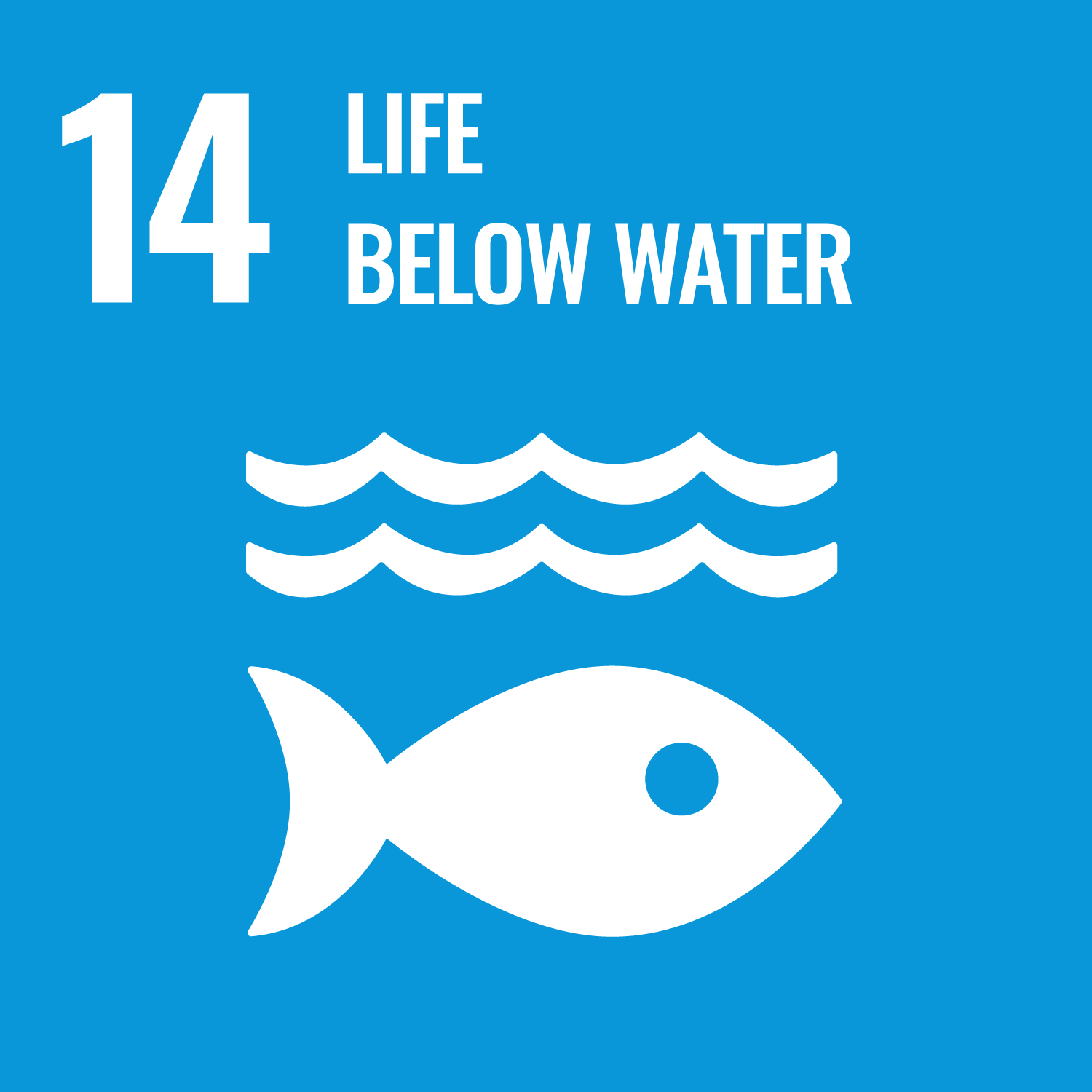ORCID
- Andrew Turner: 0000-0003-0505-4561
Abstract
The presence and effects of nanoplastics (NPs; <1 μm) in the aquatic environment are a growing concern. In this study, a model tooth-carp fish, Aphaniops hormuzensis, has been exposed to different concentrations of fluorescent polystyrene nanoplastics (PS-NP) in its diet (up to 5 mg kg−1) over periods of 28 d and the particle accumulation in different tissues determined. Accumulation was observed in both digestive and non-digestive organs, with concentrations greater in the gut, liver and gill (up to 400 μg kg−1 dw) than in the skin and muscle (<180 μg kg−1 dw), but no dependency on exposure time or dose was evident. The presence of the organic contaminant, triclosan (TCS), in the diet and at concentrations up to 0.5 μg kg−1 did not affect PS-NP uptake by A. hormuzensis, while TCS accumulation in the whole body increased with time (up to 10 μg kg−1) and, likewise, appeared to be unaffected by the presence of PS-NPs. These observations suggest that the two contaminants do not interact with each other or that any interactions have no impact on accumulation. The results of this study add to the growing body of evidence that NPs can be translocated by aquatic organisms after ingestion, and reveal that, for the species and conditions employed, nanoplastics are accumulated more readily than a widely used organic chemical.
DOI Link
Publication Date
2023-01-01
Publication Title
Environmental Pollution
Volume
333
ISSN
0269-7491
Acceptance Date
2023-06-08
Deposit Date
2023-07-08
Embargo Period
2024-06-16
Recommended Citation
Saemi-Komsari, M., Pashaei, R., Abbasi, S., Esmaeili, H., Dzingelevičienė, R., Shirkavand, H., Pasalari, K., Szultka-Mlynska, M., Gadzała-Kopciuch, R., Buszewski, B., & Turner, A. (2023) 'Accumulation of polystyrene nanoplastics and triclosan by a model tooth-carp fish, Aphaniops hormuzensis (Teleostei: Aphaniidae)', Environmental Pollution, 333. Available at: 10.1016/j.envpol.2023.121997


